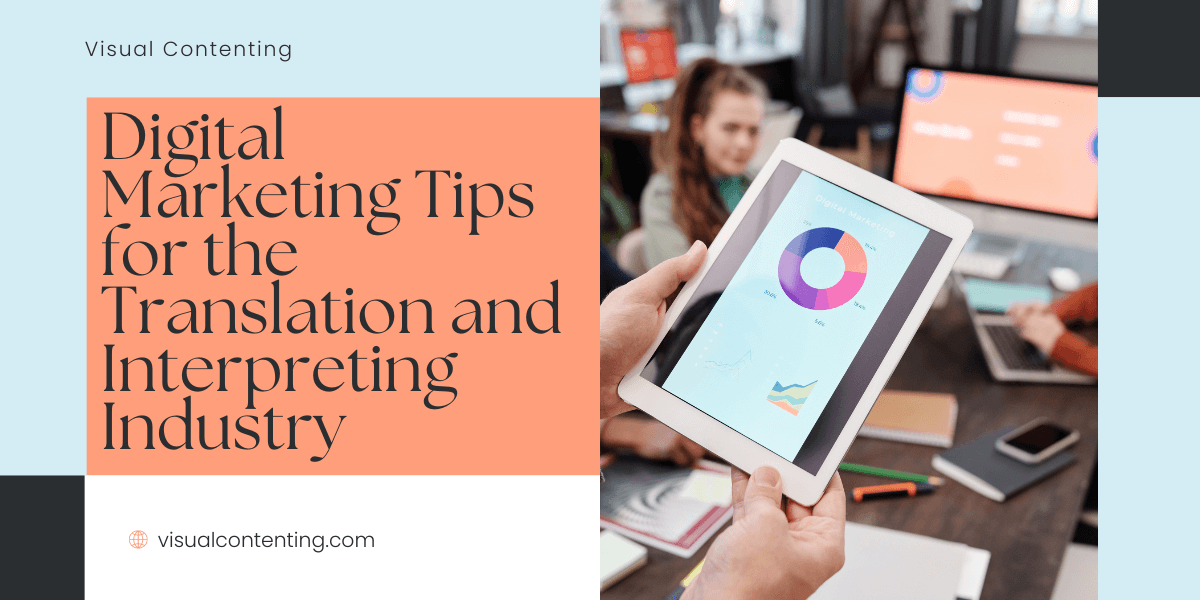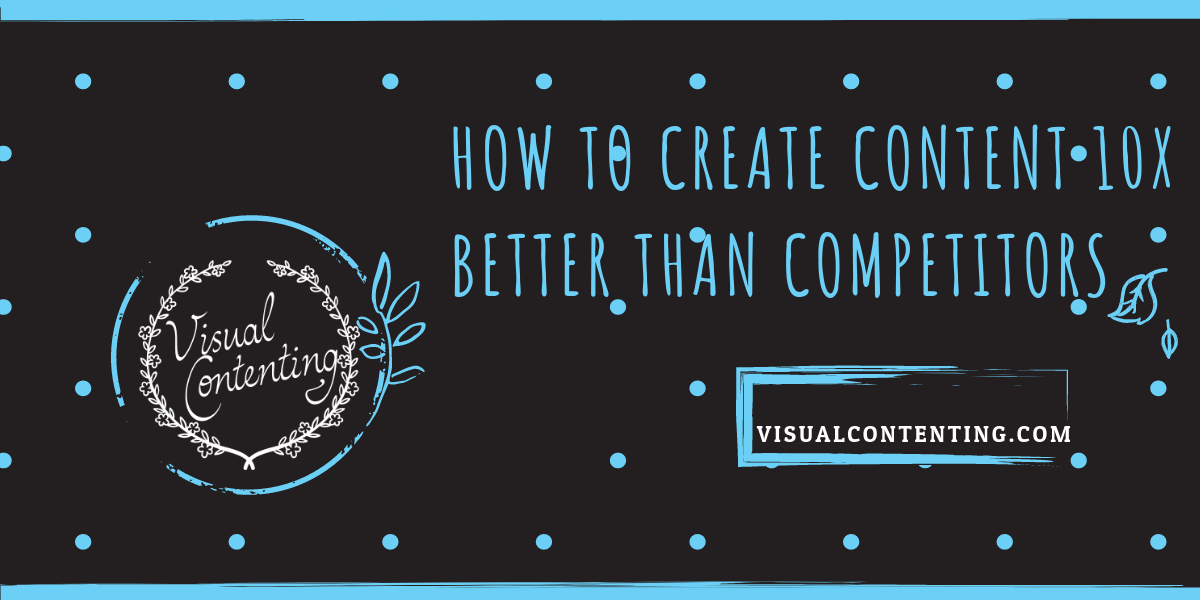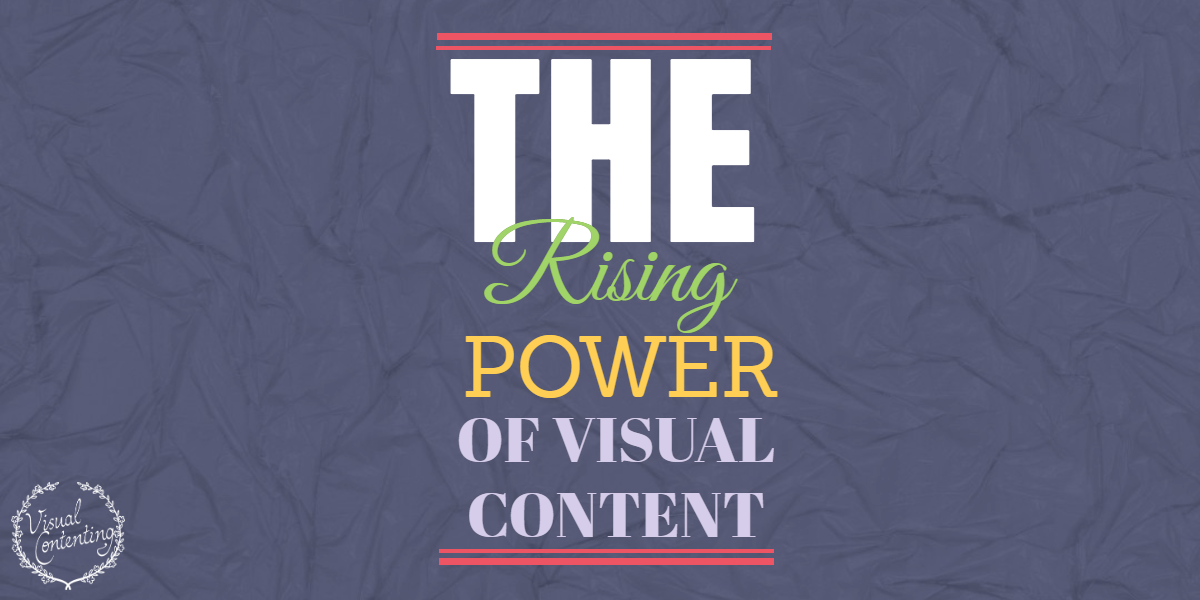A digital marketing strategy is no longer a nice-to-have when it comes to doing business in an online world. In the age of the internet, it’s an essential part of any business’ brand growth strategy, regardless of which niche you’re in. And yes, the same rings true for the translation and interpreting industry.
Finding a linguist online via the web is one of the easiest ways to bridge the language barrier. If you want your potential customers to find your services before they find your competitor’s offer, you need a solid digital marketing strategy!
But what are the foundations of a digital marketing strategy for language services providers that offer translations and interpreting services?
In this post, we look at some of the most essential elements to include in your e-marketing strategy!
Key Aspects of a Digital Marketing Strategy
#1 – Focus on SEO Optimization
Any online marketing strategy should be based on an SEO (Search Engine Optimization) strategy. With a good SEO strategy, you’ll position your brand to rank higher than your competitors on the search engine result pages. Almost 94% of all online journeys start out with searches on popular search engines like Google, so if you don’t optimize for SEO, you’ll risk losing out on an opportunity to highlight your services to so many more potential clients!
One of the starting points of optimizing for SEO would be to focus on the keywords you use on your website. Your keywords are what make your business stand out among the crowd, and they also help showcase your brand whenever those specific keywords are searched for online. But in order to properly optimize for the right keywords, you need to do in-depth keyword research to determine the highest ranking keywords on your website and also the most relevant ones.
Once you’ve tackled the keywords, you can go ahead and optimize the meta descriptions and title tags on your website’s pages and blog posts. You also need to pay attention to your website’s load time when launching new digital marketing campaigns, as a slow-loading site won’t rank nearly as high on the SERPS as a high-speed site. Another SEO best practice to keep in mind is your site’s mobile compatibility. The majority of websites these days are optimized for mobile devices, and Google also uses a mobile-first index.
Recommended: Why Bother with SEO? 5 Reasons to Optimise Your Content
#2 – Work on Your Social Media Presence
As a professional linguist, you need to establish a connection with your target market on social media. Why? Because social platforms allow brands to build deeper connections with their target audience. Social media marketing also provides you with unique insights as to what your clients expect from you as their service provider. And it's a space to promote your authentic brand voice. Once you build rapport with new audiences on social channels, they'll be much more open to digesting and sharing your digital marketing content.
Although you’re probably considering zooming in on just one of them, it’s advisable to establish a presence on various social media platforms across the internet as not all of your clients will be on one platform exclusively. Consider the pros and cons of all the platforms, including Facebook, Pinterest, Instagram, LinkedIn, and Twitter, and then decide which will work best for your business and your area of expertise. These might differ depending on which part of the world you're from and what your target market's local culture.
Depending on which platforms or website you use, you can promote different types of digital marketing content via social channels. Since you’re in the business of working with words, we’d suggest using a versatile platform that doesn’t limit you to posting just photo or video content.
Once you’ve established a presence on social channels, it’s important to regularly post relevant content to ensure your audience sees it and has an opportunity to engage with it. If you’re using a variety of social platforms, it might be wise to use a social media calendar to help you organize and schedule your posts so you can plan your posts well ahead of schedule.
Recommended: 7 Tips to Create the Best Content for Social Media Marketing Posts
#3 – Consider Using PPC
Pay-per-click (or PPC for short) is a great way to attract qualified leads, and it can drastically improve the ROI of your digital marketing efforts. These paid advertisements are the ones you see at the top of search result pages, and they also rank higher than organic results.
You can start a PPC campaign by first identifying some relevant keywords for your digital marketing ads. Similar to your SEO optimization strategy, you’ll focus on the best ranking keywords, and these tend to be the long-tail ones, which contain at least three words. Why? Because long-tail keywords drive more traffic and the competition is far less fierce when compared to short, one-word keywords.
After you identify your specific keywords, you need to bid for the placement of your ad. This is where you set the price for how much you’re willing to pay every time someone clicks on your ad. But you can also use ad extensions to help drive more clicks or even consider using negative keywords that can help get your ad noticed in irrelevant search results.
Ready to Reap the Benefits of Online Marketing?
Online marketing can help you reach more potential clients, but only if you have a solid digital marketing strategy in place. As a translation or interpreting service provider, you need to harness the power of social media engagement, paid advertisements, and SEO optimization to make digital marketing work for you.
In this post, we’ve covered the basic pillars of a digital marketing strategy that can help grow brand exposure and audience engagement rates. And once you’ve gained more exposure and improved engagement with a global audience, the sky is the proverbial limit! Want to persuade your audience to download an interpreting app? It all starts with carefully strategized digital marketing tactics!
Related Posts
Jennifer Hahn Masterson is a seasoned freelance visual designer and digital nomad, aiming to shape and enhance the user experience through considering the effects of illustrations, typography, photography, space, colours and layouts on the usability of each product and its aesthetic appeal. When she is not busy pondering about the design principles of unity, space, hierarchy, balance, contrast, scale and similarity, she likes to immerse herself in a good book and satisfy her perpetual wanderlust.







